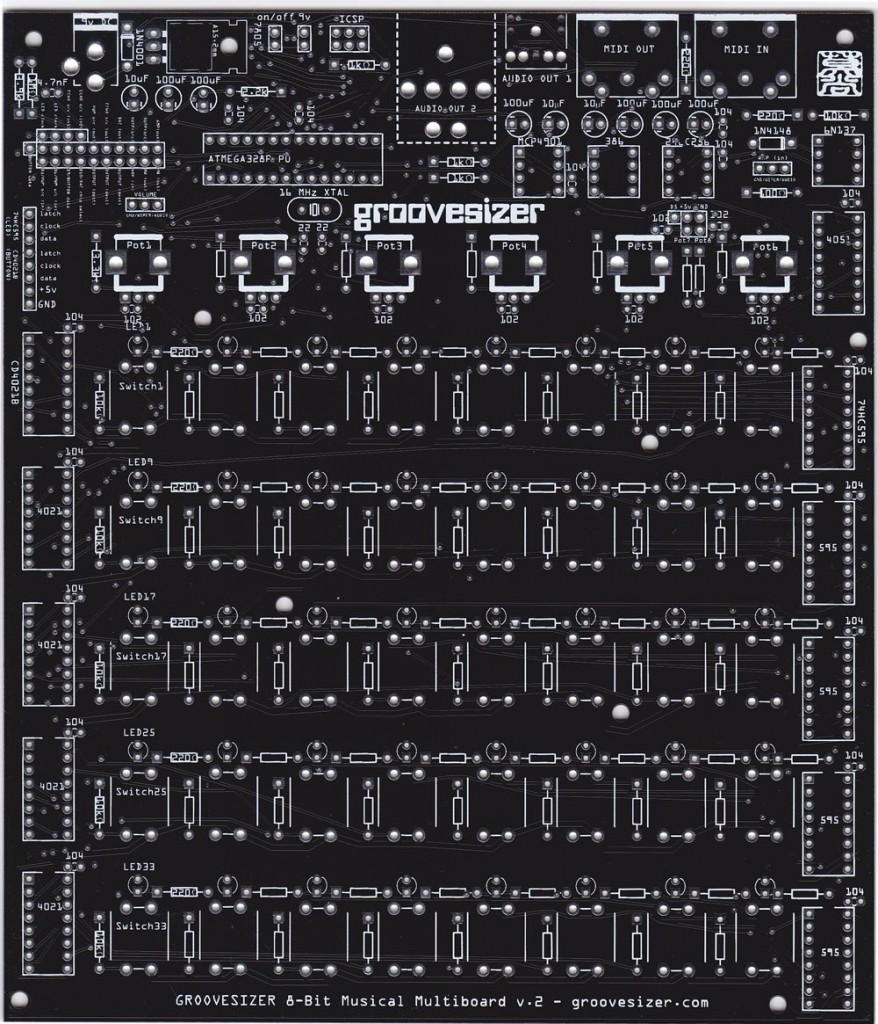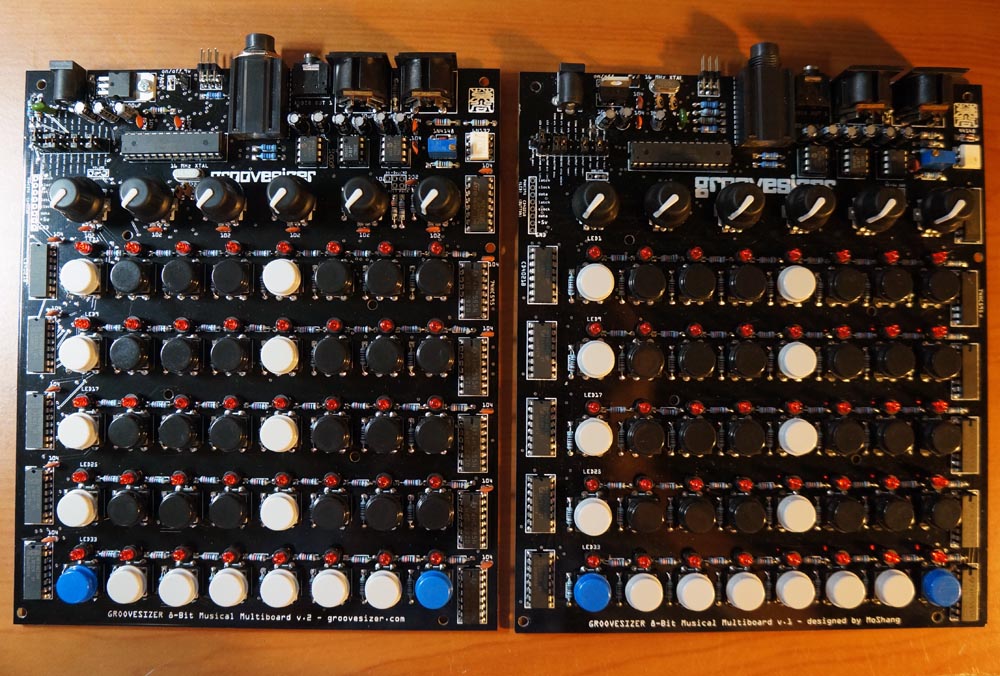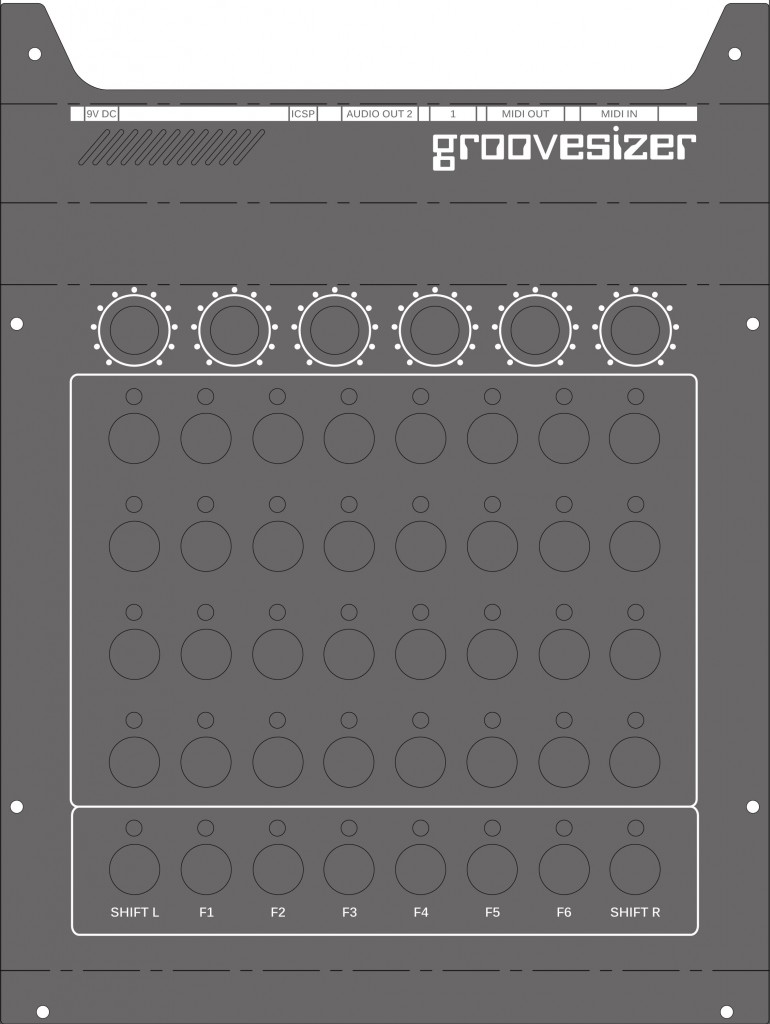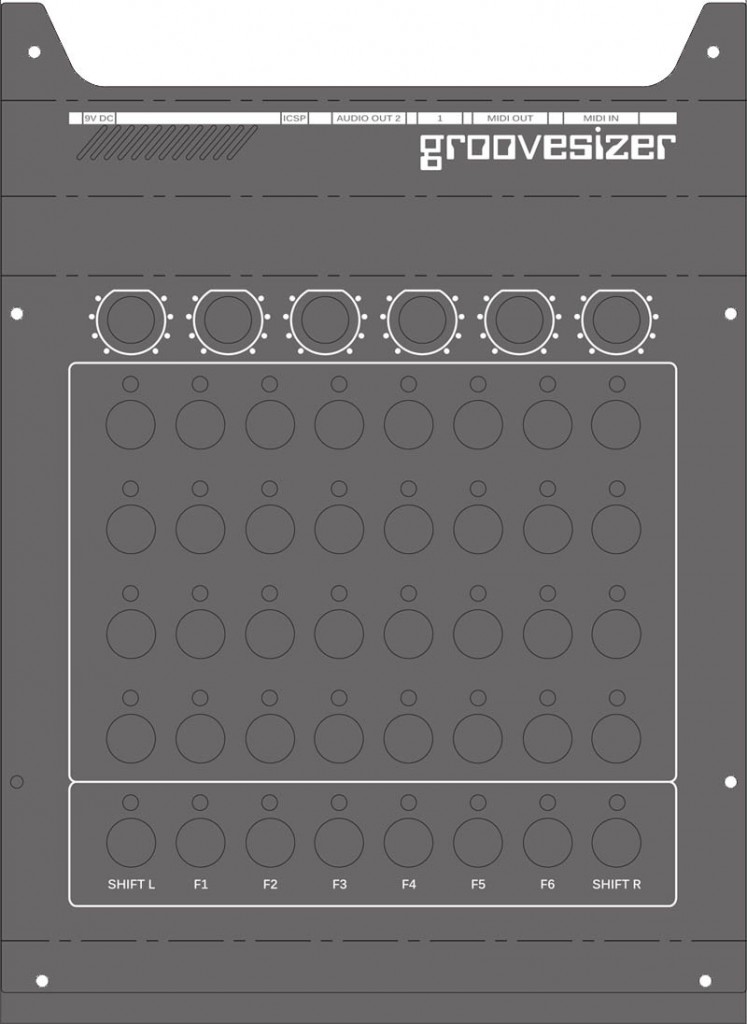I loved the whole experience. Besides the fact that this was my first visit to the living museum that is Rome, I had a great time showing off the Groovesizers. As with the Mini Maker Faire in Hong Kong last year, the audience was mostly a non-musician one. On the other hand, most people seemed familiar with Arduinos so I could come at it from that angle.

One minor niggle is that our stand felt just a little out of the way, and with so much on offer at the Faire, only the most inquisitive bothered to see what was in our display tent. On the third and final day, the six projects in our tent moved ourselves into stalls closer to the main stream of visitors (and the projects in those stall moved themselves outside). It ensured a non-stop stream of visitors – quite the busy day.
As I was alone, I didn’t get a chance to network much with the other makers (doing so would leave my display unattended) – it seems a bit of a missed opportunity. I did manage to give away loads of name cards, though, so at least I know the Groovesizer name got good exposure. It’s hard to measure the impact from attending a show like this, but I’m so glad I went!

 Rome for the event from
Rome for the event from 




